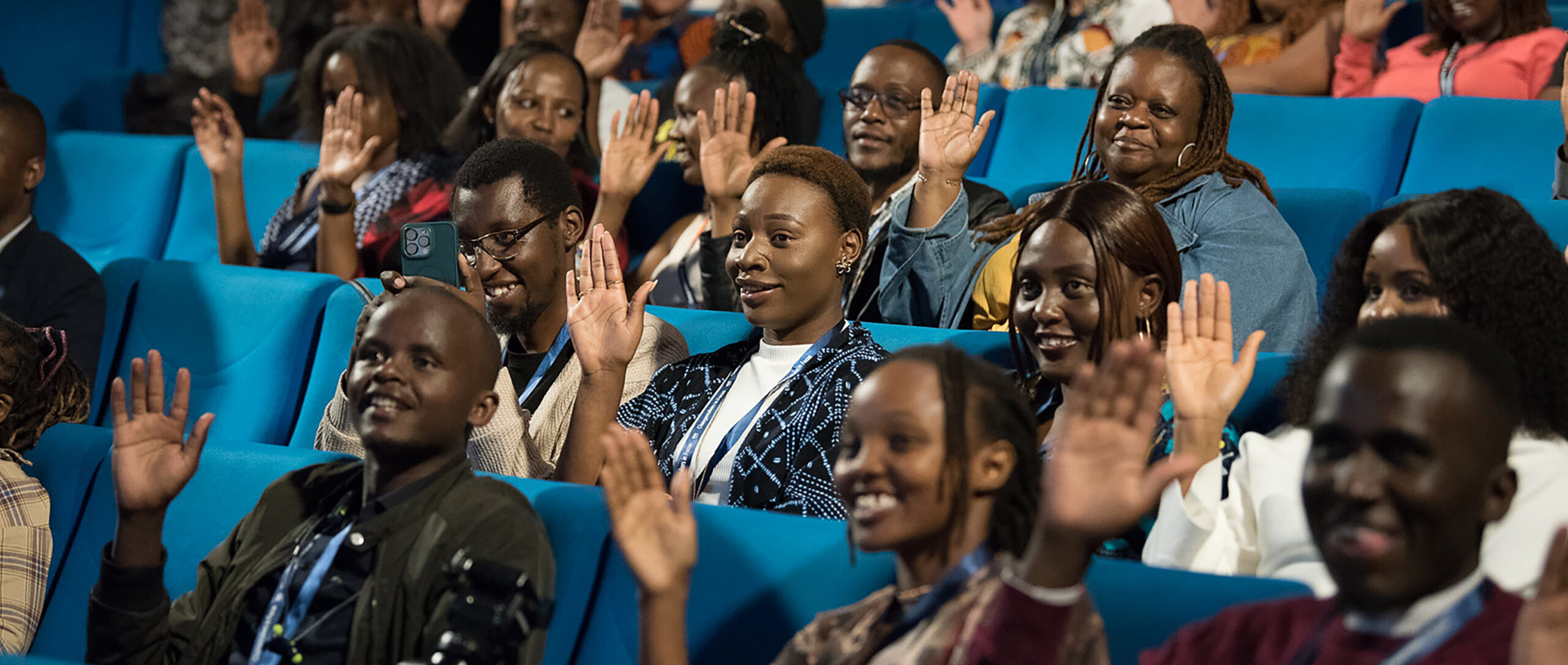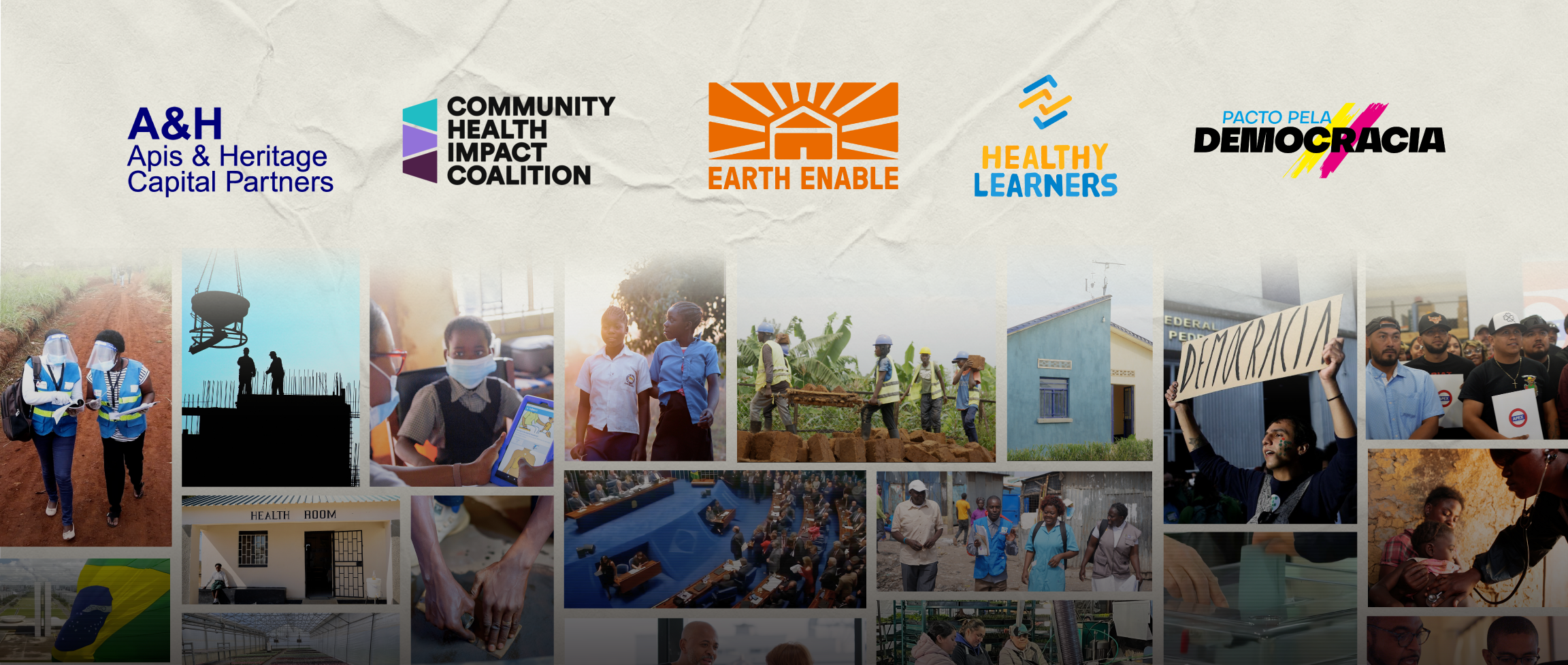How to Measure Impact of Women Social Entrepreneurship and Amplify What Works
Several years ago I embarked on a learning journey to better understand why Skoll was experiencing what we refer to as the “mezzanine melt” in finding female social entrepreneurs poised for large-scale impact. The mezzanine melt, or a “leaky pipeline”, is our observation that even when we have equal representation of men and women social entrepreneurs at the early stages of our selection process, female‐led organizations are disproportionately cut from advancement at each subsequent stage.
We suspect that this may be due to the different ways men and women communicate vision. Studies indicate that some women are skeptical of visionary leadership, and that women tend to ground decisions in data to compensate for the commonly held view that men are more competent leaders. When we look for Skoll Award candidates, understanding a leader’s pathway to systems change—how they plan to transform the status quo into a new, more just and prosperous system—is paramount. You can read more on our initial findings and research for advancing female entrepreneurs here.
Today we mark International Women’s Day, a moment to reflect on women in the workforce. Here at Skoll we champion women as a force for positive change in the world, namely female social entrepreneurs. We think a lot about how to best support their efforts to scale.
Now, we build on our initial learnings and launch a new phase of exploration into this issue. For a second year, we are partnering with amazing students from Stanford Graduate School of Business and its Impact Labs program to answer two separate questions:
- How do we measure the impact of female leadership in the social sector?
- What can Skoll (and other funders) do to help female social entrepreneurs avoid the “mezzanine melt”?
Defining Metrics: Measuring the Impact of Female Leadership
In the private sector, data exists on the impact that female leaders have on the performance of the company, such as the impact on the bottom line. What are the performance metrics we need to understand the impact of female leaders in the social sector?
We want to understand if asking and answering this question has value in the field, especially for others who look to support social entrepreneurs. We are not interested in investing in more women purely for diversity sake, but because that investment leads to better impact. Defining the value of female social sector leadership is an important aspect of this work as well. Not just how we measure it, but why.
Avoiding the Mezzanine Melt: Supporting Female Entrepreneurs to Scale
We plan to conduct a light case study of female social entrepreneurs on both sides of the mezzanine melt – those who have reached mezzanine (and beyond) and earlier stage organizations. We hope to uncover what helped female leaders scale their ventures, and how those factors may be unique from their male counterparts. What were the biggest barriers and what may have been their key to success? For the earlier stage organizations, what are their biggest challenges in scaling? Do they see their male counterparts struggling with the same issues to scale?
Once we have a better understanding of these dynamics we can ask: How do we support and amplify what works?
Do you have thoughts to share? Do you know of relevant research? Could your personal experience help us answer these questions? We would love to hear from you.



